Unless otherwise noted within this book, this book is released under a Creative Commons Attribution 4.0 International License also known as a CC-BY license. This means you are free to copy, redistribute, modify or adapt this book. Under this license, anyone who redistributes or modifies this textbook, in whole or in part, can do so for free providing they properly attribute the book.
Additionally, if you redistribute this textbook, in whole or in part, in either a print or digital format, then you must retain on every physical and/or electronic page the following attribution:
For questions regarding this license, please contact opentext@bccampus.ca . To learn more about the B.C. Open Textbook project, visit http://open.bccampus.ca .
Cover image: Langston Hughes (https://commons.wikimedia.org/wiki/File:Langston_Hughes_by_Carl_Van_Vechten_1936.jpg#globalusage) by Carl Van Vechten is in the public domain (https://creativecommons.org/publicdomain/zero/1.0/).

BC Reads: Adult Literacy Fundamental English - Reader 2 by Shantel Ivits is licensed under a Creative Commons Attribution 4.0 International License, except where otherwise noted.
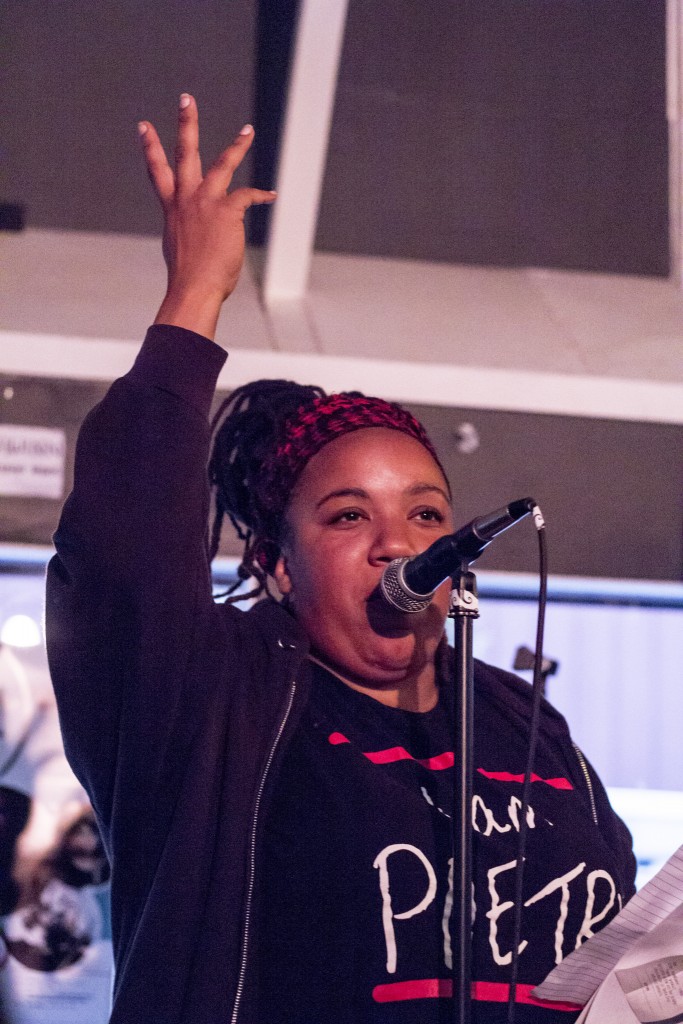
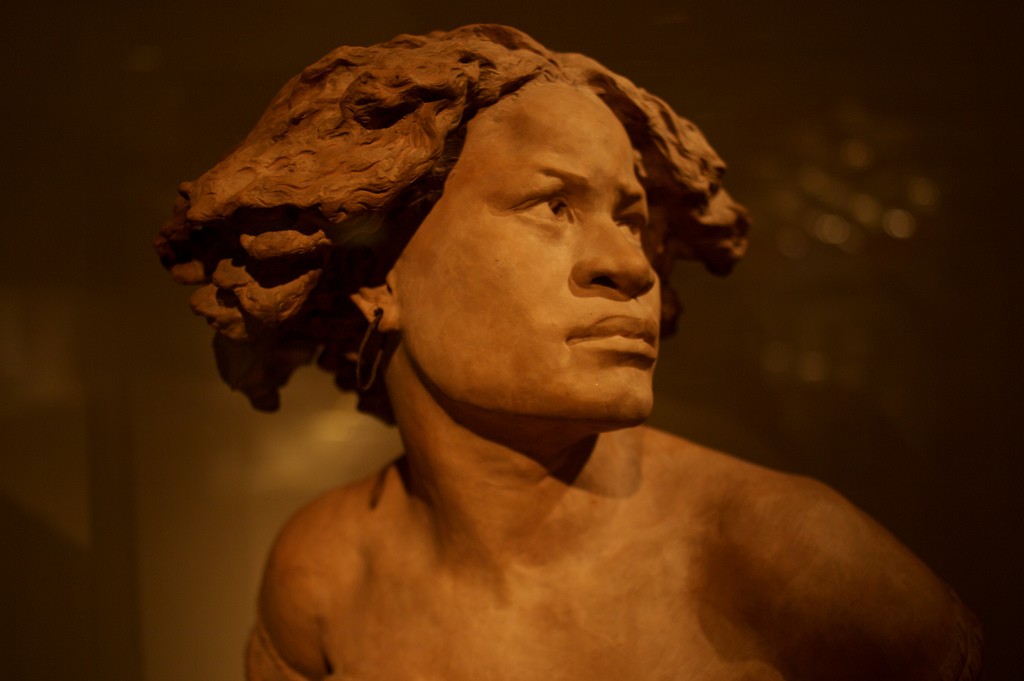
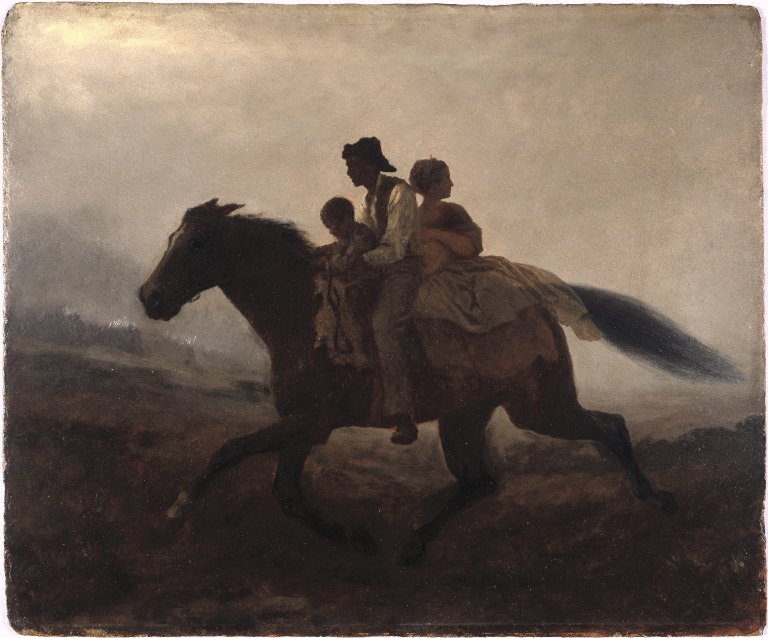
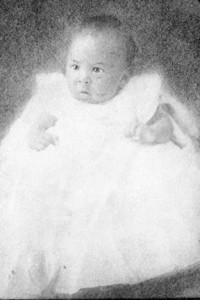
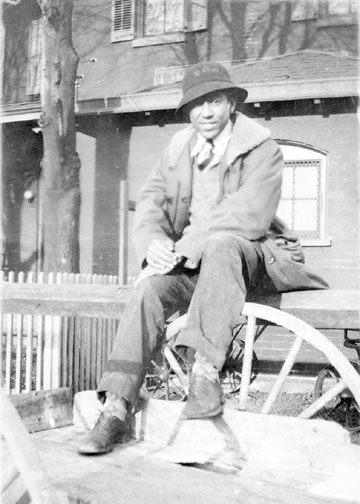

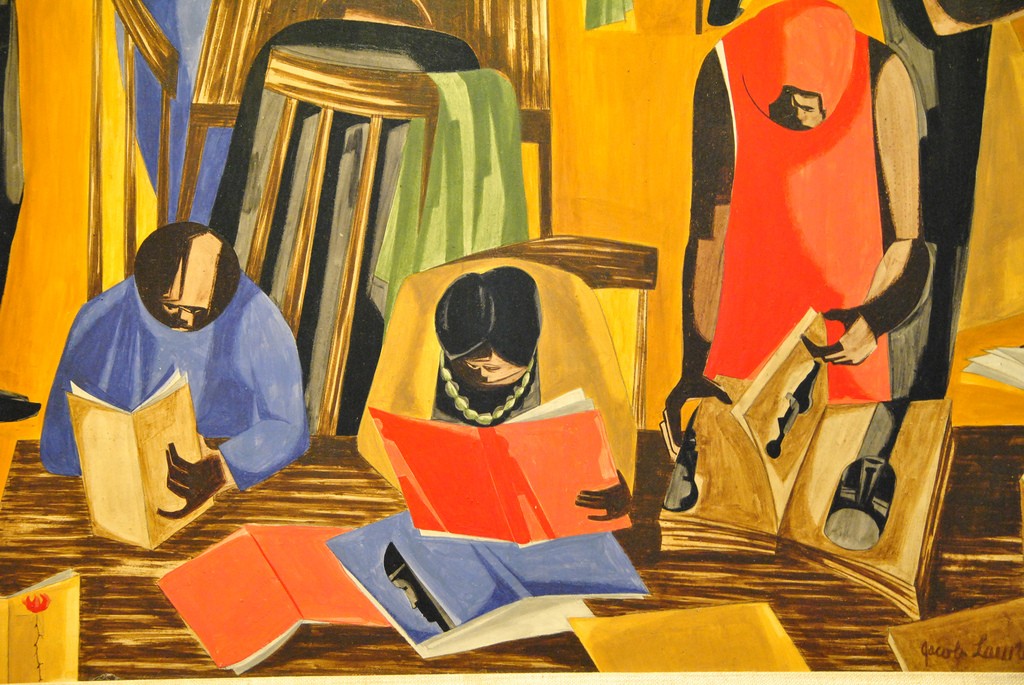

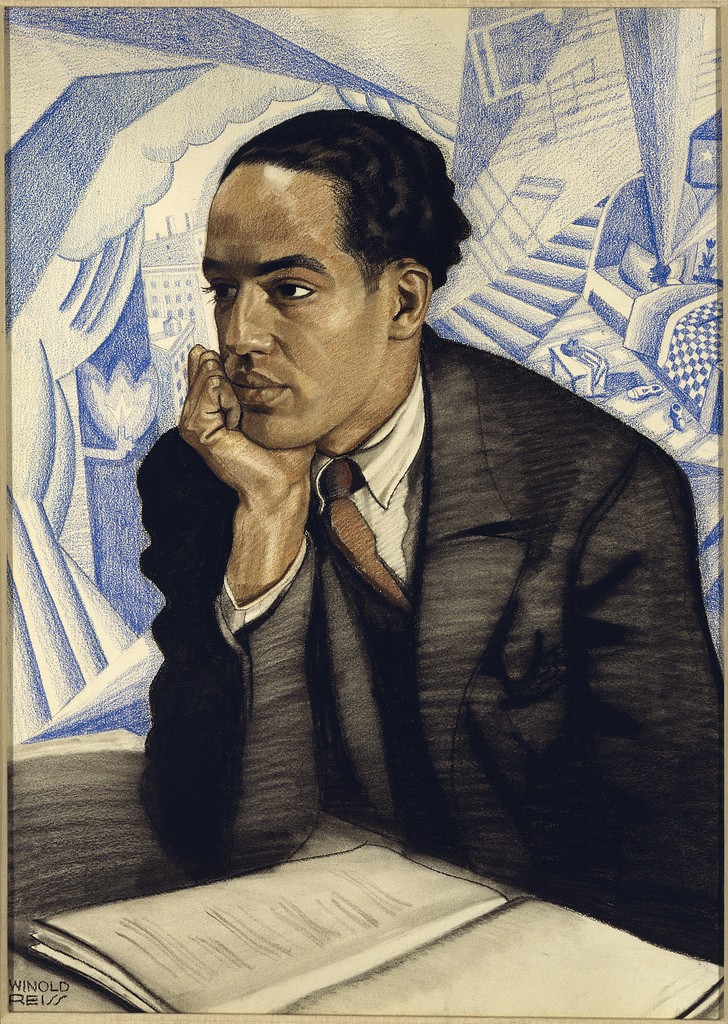
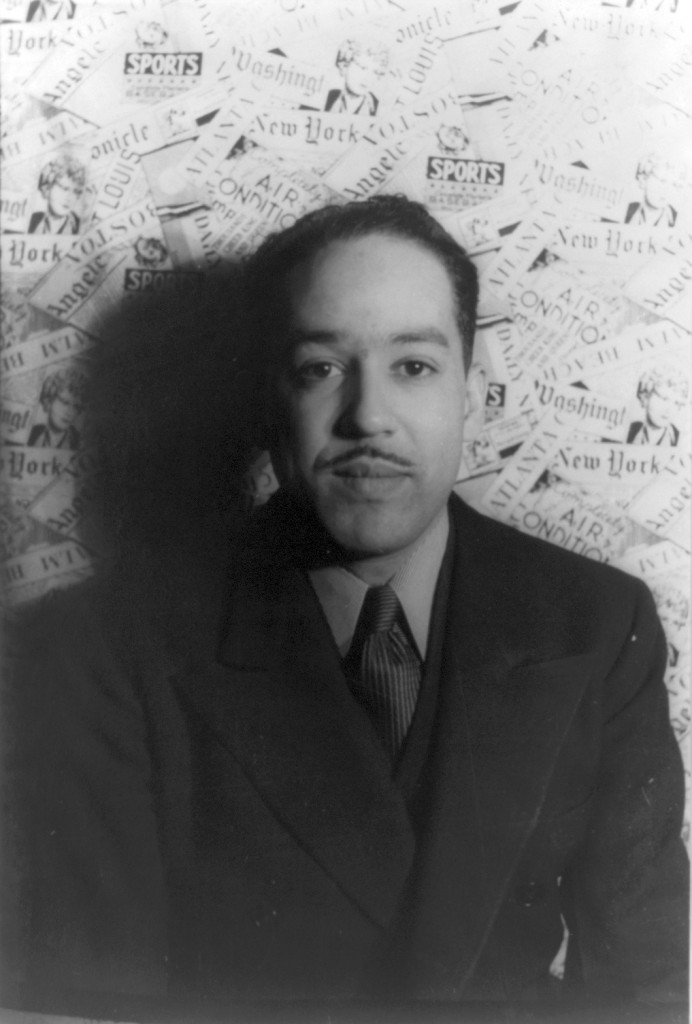
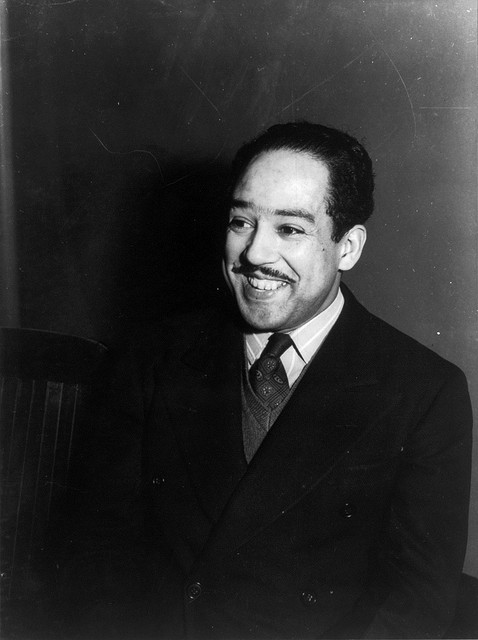
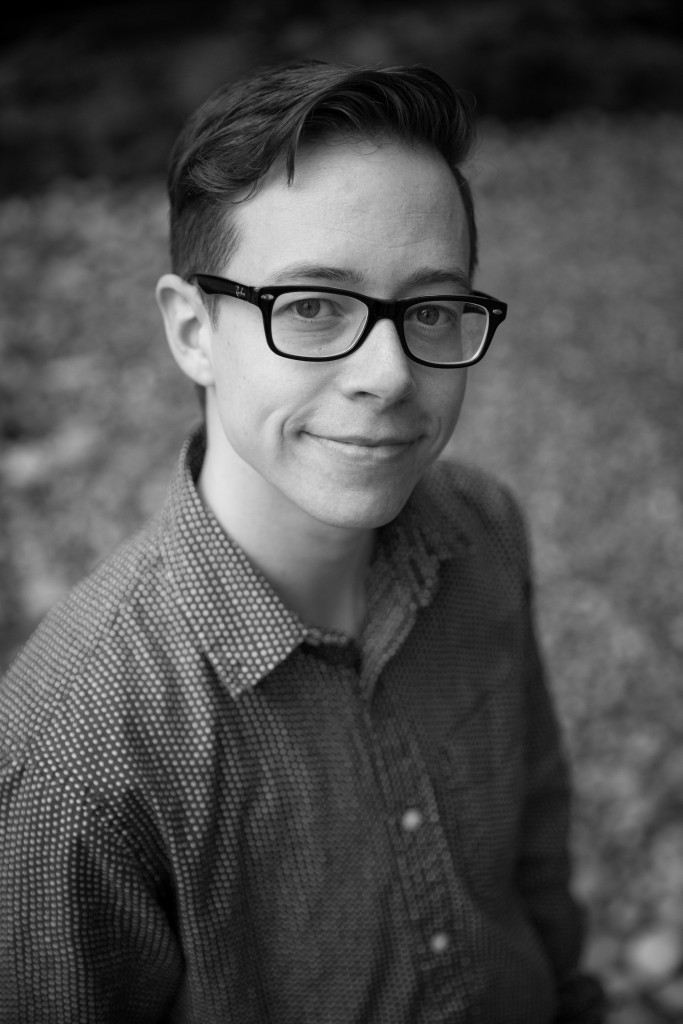 Shantel Ivits is an instructor in the Basic Education Department at Vancouver Community College, on the unceded territories of the Musqueam, Squamish, and Tsleil-Waututh Nations.
Shantel Ivits is an instructor in the Basic Education Department at Vancouver Community College, on the unceded territories of the Musqueam, Squamish, and Tsleil-Waututh Nations.